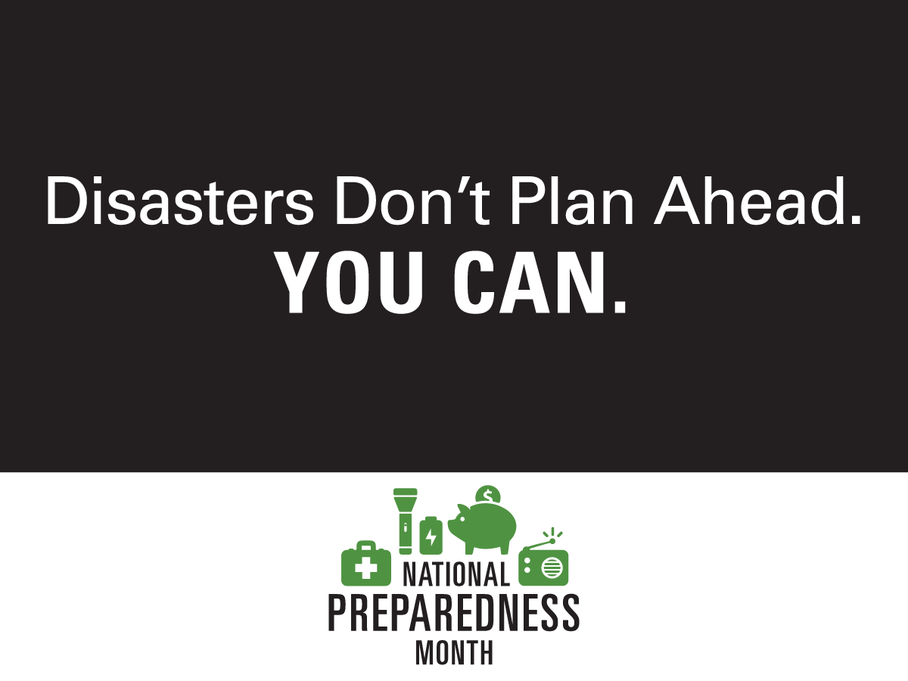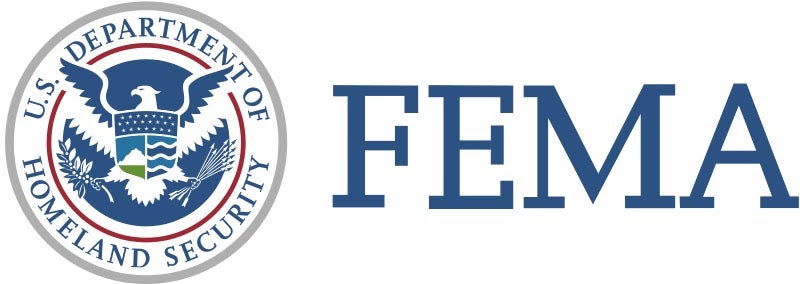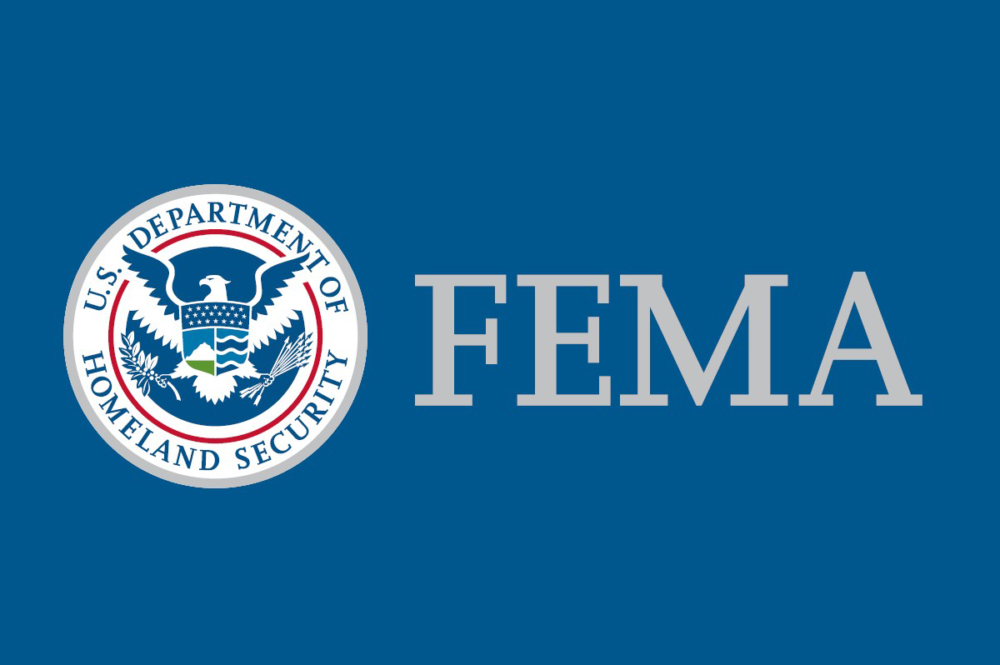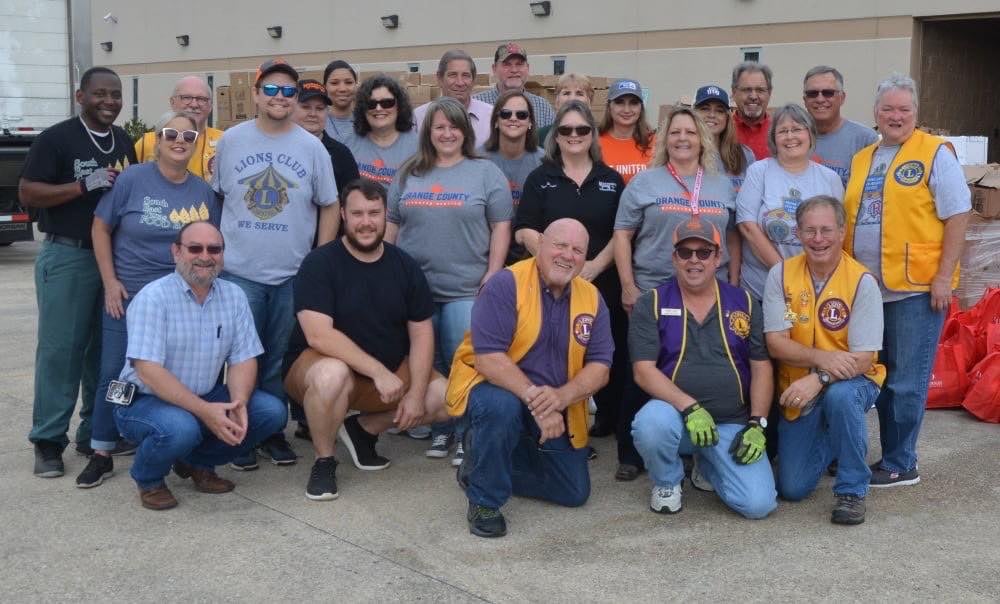Check your coverage before disaster strikes
Published 12:22 pm Saturday, September 22, 2018
To The Leader
AUSTIN, Texas — The first two weeks of National Preparedness Month focused on helping Americans survive a disaster by encouraging everyone to make and practice their disaster plan and learn lifesaving skills. Week 3 turns attention to the post-disaster phase when proper insurance can mean the difference between full recovery and financial devastation.
No one should rely on federal disaster assistance to make them whole after a catastrophic weather event. Federal assistance is only available if the president declares a disaster, and even then, assistance is likely to be provided in the form of a low-interest loan that must be paid back.
To protect yourself and your property, consider purchasing homeowners or renters insurance as well as flood insurance and wind insurance. Each type of insurance covers different things, and they are the only way you can expect to be made whole after a disaster. For more on these insurance types, visit https://go.usa.gov/xQ7px.
Floods are the most common and costly natural disaster in the United States. A single inch of water in an average home can cost more than $26,000 in damage, and floods have struck all 50 states in the past five years.

To protect yourself and your property, consider purchasing homeowners or renters insurance as well as flood insurance and wind insurance.
Homeowners and renters insurance does not cover flood-related damages, but affordable flood insurance is available if your community participates in the National Flood Insurance Program (NFIP). The average flood insurance policy costs about $700 annually. After Harvey, more than 91,000 Texans filed flood insurance claims, and NFIP has paid out an estimated $8.8 billion.
Homeowners can acquire up to $350,000 of flood coverage through NFIP, with $250,000 for the building itself and another $100,000 for its contents. Owners of residential properties with five or more units can purchase $500,000 of structural coverage and $100,000 for the structure’s contents. Commercial property owners can purchase $500,000 of structural coverage and $500,000 of coverage for contents. Renters can cover contents up to $100,000.
Property owners outside of high-risk areas should know 26 percent of all NFIP claims come from areas considered to be at low or moderate risk for floods. In those lower-risk areas, property owners may qualify for a Preferred Risk Policy, which provides the same level of coverage as a standard policy, but at a lower cost.
NFIP insurance is only available in communities that participate in the program and pass floodplain management regulations to reduce the impact of future weather events. To find out if you’re in an NFIP community, contact your insurance agent or your local floodplain manager.
To learn more about National Preparedness Month, visit www.ready.gov/september.
For additional information on Hurricane Harvey and Texas recovery, visit the Hurricane Harvey disaster web page atwww.fema.gov/disaster/4332, Facebook at www.facebook.com/FEMAharvey, the FEMA Region 6 Twitter account atwww.twitter.com/FEMARegion6 or the Texas Division of Emergency Management website at https://www.dps.texas.gov/dem/.





